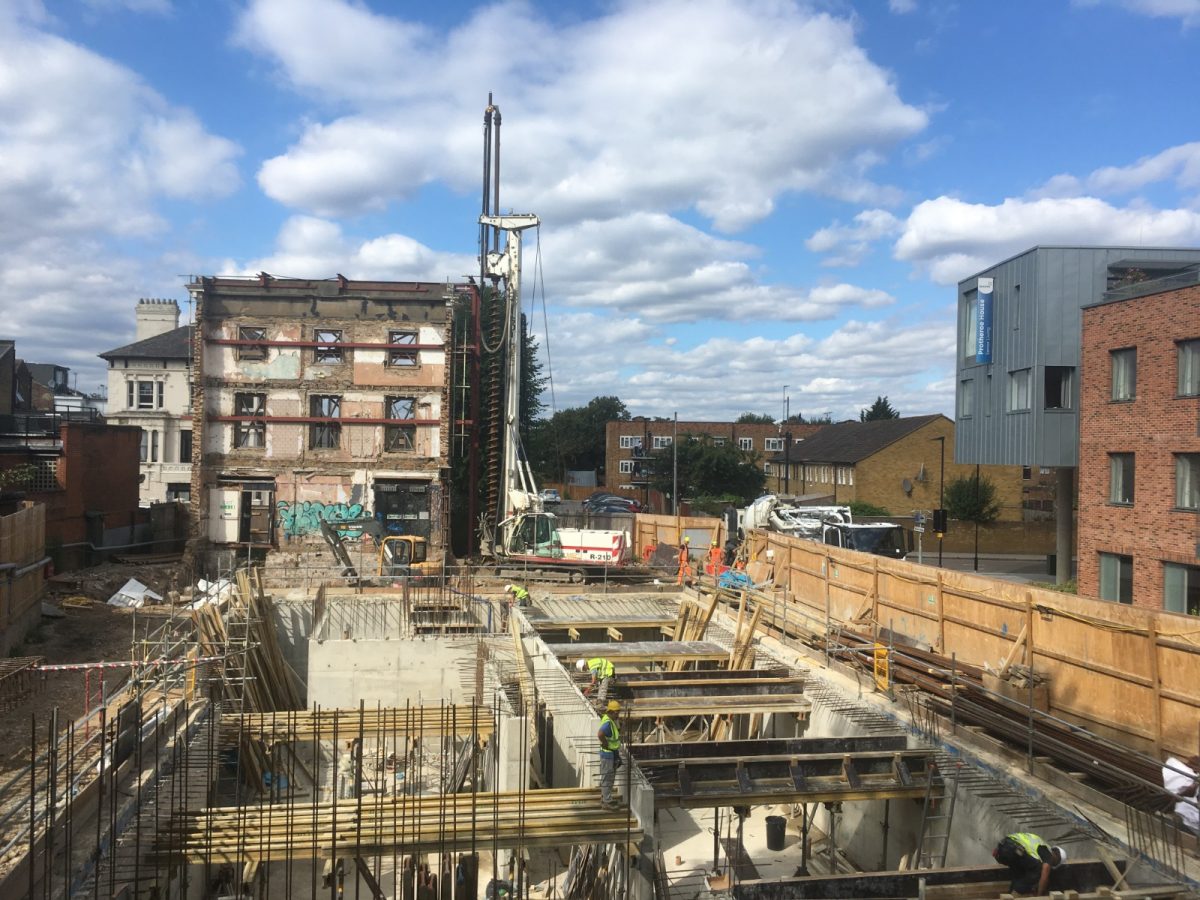Introduction
In recent years, the construction industry has witnessed a significant shift towards sustainable practices. As environmental concerns continue to mount, companies like KHB Piling are leading the way in integrating eco-friendly methods into their operations. This blog post explores the importance of sustainable practices in the construction industry, backed by statistics and real-world examples, and highlights how KHB Piling is contributing to a greener future.
The Environmental Impact of Construction
The construction industry is one of the largest consumers of natural resources and a major contributor to environmental pollution. According to the UK Green Building Council, the construction sector is responsible for 40% of the UK’s carbon emissions. This staggering statistic underscores the urgent need for more sustainable practices.
Key Statistics:
- Waste Generation: The construction and demolition sector generates around 60% of all waste in the UK.
- Energy Consumption: Buildings are responsible for approximately 30% of the UK’s total energy use.
- Water Use: Construction activities account for a significant portion of water usage, with some estimates suggesting up to 16% of total consumption.
Sustainable Construction Practices
To mitigate these impacts, the industry is increasingly adopting sustainable practices. These practices not only reduce environmental harm but also offer economic and social benefits. Here are some key sustainable practices being implemented:
1. Use of Recycled Materials
- Concrete and Steel: Utilizing recycled concrete and steel reduces the need for virgin materials and minimizes waste. According to WRAP (Waste & Resources Action Programme), using recycled aggregate can save up to 65% of carbon emissions compared to virgin aggregate.
- Timber: Sourcing timber from certified sustainable forests helps preserve biodiversity and reduces deforestation. The FSC (Forest Stewardship Council) certification ensures that the wood is harvested responsibly.
2. Energy-Efficient Construction
- Renewable Energy: Incorporating renewable energy sources, such as solar panels and wind turbines, on construction sites can significantly cut down on fossil fuel consumption.
- Green Building Design: Designing buildings with energy efficiency in mind, including better insulation, energy-efficient windows, and HVAC systems, can reduce energy consumption by up to 50%.
3. Water Conservation
- Rainwater Harvesting: Implementing systems to collect and use rainwater for non-potable purposes reduces the demand on municipal water supplies.
- Efficient Fixtures: Installing low-flow taps, toilets, and showerheads can significantly reduce water usage in buildings.
KHB Piling’s Commitment to Sustainability
At KHB Piling, we recognize the importance of sustainable practices and are committed to reducing our environmental footprint. Our approach encompasses a range of strategies designed to minimize waste, conserve resources, and promote eco-friendly practices.
Innovative Techniques:
- Mini Piling: Although not the focus here, our mini piling techniques are inherently more sustainable than traditional methods due to their minimal disturbance to the surrounding environment and reduced material usage.
- Use of Eco-Friendly Materials: We prioritize the use of recycled and sustainable materials in all our projects. For example, our use of recycled steel and concrete significantly reduces the carbon footprint of our projects.
Case Study: In a recent project, KHB Piling successfully reduced construction waste by 30% through the implementation of a comprehensive recycling program. By partnering with local recycling facilities, we ensured that materials such as metal, wood, and concrete were reused or repurposed, rather than ending up in landfills.
Employee Training and Awareness: Our commitment to sustainability extends to our workforce. We regularly conduct training sessions to educate our employees on the latest sustainable practices and encourage them to identify and implement eco-friendly solutions on-site.
The Economic and Social Benefits of Sustainable Construction
Adopting sustainable practices is not only beneficial for the environment but also offers significant economic and social advantages.
Economic Benefits:
- Cost Savings: Energy-efficient buildings typically have lower operating costs due to reduced energy and water consumption. According to the Energy Savings Trust, businesses can save up to 20% on energy bills by implementing energy-efficient measures.
- Increased Property Value: Sustainable buildings often have higher market values and can attract premium rents. A study by the World Green Building Council found that green buildings can command a 7% increase in asset value.
Social Benefits:
- Healthier Living Environments: Sustainable buildings often provide better indoor air quality, natural lighting, and thermal comfort, contributing to the well-being of occupants.
- Job Creation: The transition to sustainable construction practices can create new jobs in areas such as renewable energy, waste management, and green building design.
Conclusion
The construction industry plays a crucial role in shaping a sustainable future. By adopting eco-friendly practices, companies like KHB Piling are not only reducing their environmental impact but also driving economic growth and improving social well-being. As we continue to innovate and embrace sustainable solutions, we remain committed to delivering high-quality, environmentally responsible projects that benefit our clients and the planet.
For more information on our sustainable practices and how we can help you with your next construction project, contact KHB Piling today. Together, let’s build a greener, more sustainable future.


